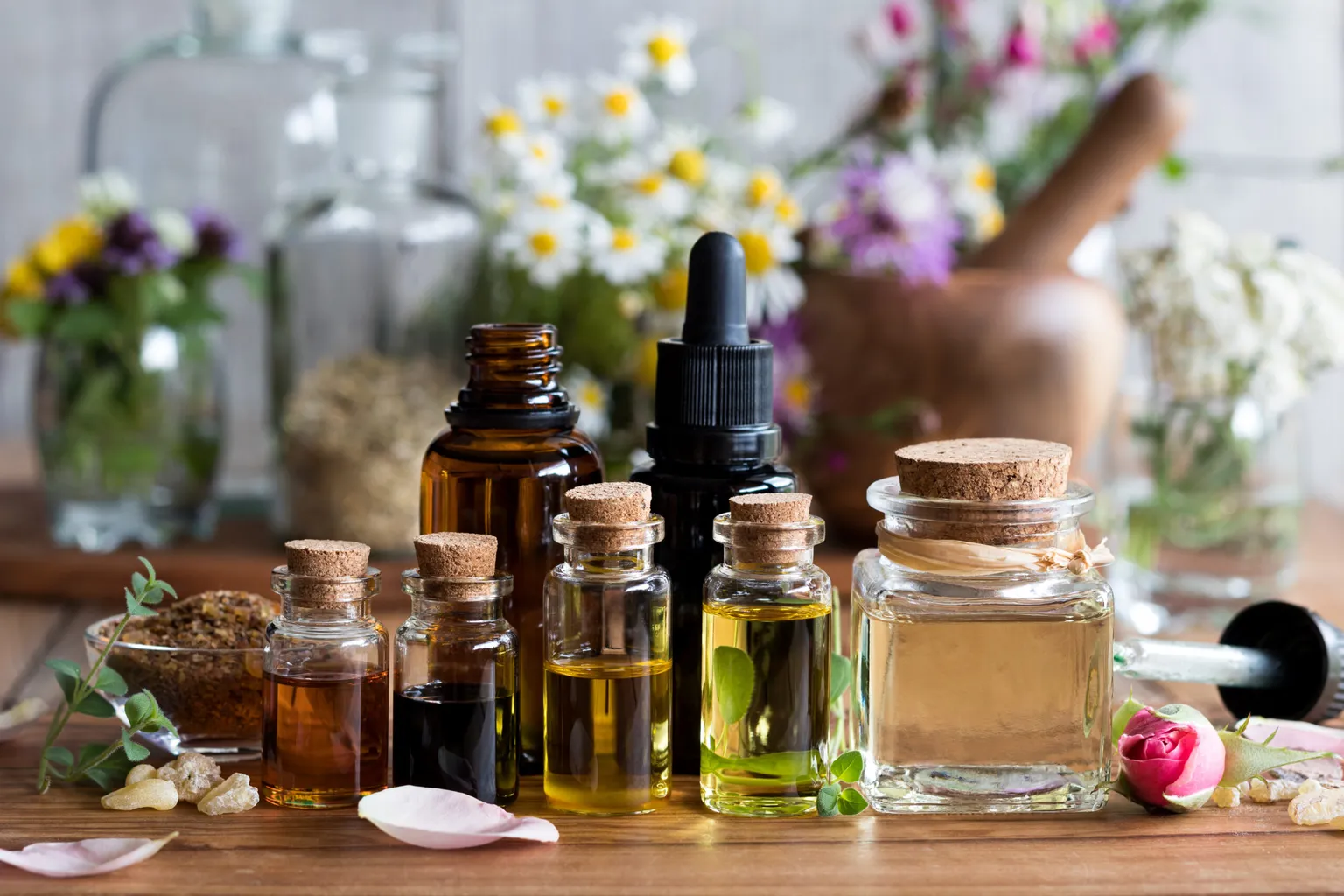Essential oils are plant-derived extractions that rely on high-quality ingredients and precision processing to meet consumer expectations. The making of essential oils is both exact science and brilliant artistry. Manufacturers and fragrance engineers work tirelessly to create new scents and formulations, all of which depend on raw input materials of exceptional purity.
Building the Foundation: Essential Oil Raw Materials
Essential oils are made from raw plant materials – a lot of plant materials. A single pound of formulation-ready patchouli requires at least 15 pounds of raw plant. That’s a relatively efficient example. A single pound of jasmine ingredient takes 4 million jasmine buds to make.
It’s worth noting that the raw-plant-to-ingredient-produced ratio varies based on several factors, which can impact raw material prices globally.
The most common variables are:
- Growing season – In-season crops may be less expensive to source.
- Moisture content – Some groups have a lower moisture content, requiring more material to produce the same amount of input material.
- Growing method – Plants grown indoors tend to have higher moisture levels – but not always.
- Plant processing method – Raw ingredients often lose moisture from the field to the processing plant.
- Part of the plant used in extraction – Leaves, roots, barks, peels and the various plant components have different moisture content and react differently during processing.
Learn More: Explore All Our Fragrance Ingredients
The 5 Essential Oil Extraction Methods
Each method has its benefits and drawbacks and is usually reserved for certain raw materials. It’s important to note that the method of extraction is not necessarily an indicator of quality. Manufacturers and engineers choose the extraction process best suited to the quality of the ingredient and desired outcome.

- Water/steam extraction
- Cold-pressed extraction
- Solvent extraction (concretes and absolutes)
- CO2 extraction
- Enfleurage
Water/steam Extraction
Often referred to as water or steam distillation, steam extraction is the most common method used by manufacturers worldwide. It is considered the highest-yield process and is ideal for aromatic plants like lavender and roses.
There are two notable subcategories of steam distillation. Essential oils are produced via:
- Direct steam extraction, which focuses steam through the raw material.
- Hydrodistillation, a process that involves covering the plant in water and soaking it for longer periods. It’s often used for roots or bark.
Cold-pressed Extraction
Also referred to as cold expression, cold press for essential oils is typically used on citrus fruits. The peels of lemons and oranges are exceptionally heat-sensitive. First, the peels are ground down before being spun in a subterfuge to separate the aromatic compounds (volatiles) from other materials. The process needs to be quick to avoid oxidation or resignification of the resultant oil, which reduces quality.
Solvent Extraction
Concentrates and absolutes are produced by the most complex extraction method. Solvent extraction involves multiple stages. Crafting concentrates and absolutes starts with exposure to a solvent. In nearly all cases, manufacturers use hexane, although other formulations are sometimes used. The result is a waxy material called concrete, ideal for solid perfumes and semi-solid fragrant products. Products or articles discussing solvent extractions of essential oils usually refer to concentrates and not their similar-yet-different offspring, absolutes.
Absolutes are the by-product of the concentrates finishing process. The concentrates are rinsed in ethyl alcohol to remove any lingering non-aromatic materials. The rinse liquid is then separated mechanically and recovered by a vacuum. Absolutes are the most concentrated form of aroma materials and can be overpowering in even trace amounts.
CO2 Extraction
While the process is similar to solvent extraction, CO2 replaced hexane (or another solvent) at elevated temperatures and atmospheric pressure. Depending on the pressures involved, the resulting materials are differentiated between total and select CO2 extracts.
Here’s a detailed look at the superficial CO2 extraction method:
- The extractor pressures CO2 and exposes the gas to subzero temperatures, which converts the gas into a liquid.
- After being reheated and pressurized, the CO2 is neither a liquid or a gas. In this supercritical state, it exhibits the density of liquid with filling space like a gas.
- This substance is then moved through a chamber filled with raw hemp material.
- The substance
The result is a thick substance similar to peanut butter. While some companies use a subcritical method, the process isn’t common. Subcritical CO2 extraction is more expensive, slower and produces less material.
Enfleurage
You might consider enfleurage a throwback. The modern process has based on the ancient oil-based extraction methods of early Egyptians. The method isn’t truly commercially viable today, but it served as the basis of the nascent perfume industry in France. It involved the harvest of specific flowers, like jasmine, and a complex system of exposing flowers to oils for days at a time. The result was a thick material called pomade, which was later heated or exposed to alcohol to create an aromatic extract.
Essential Oils’ Deep Cultural Roots
Extracting oil from plants is a storied tradition throughout much of human history. The earliest evidence of aromatic oils dates to 4500 BCE in Egypt, where they were used in cosmetics. The art of crafting essential oils is well-documented in China and India around 3,000 BCE, with Western Europeans using many early essential oil extraction methods to develop quinine, morphine and atropine in the 18th and 19th centuries.
Today, manufacturers may have more advanced tools and methods, but the basics of creating essential oils remain unchanged. From quality ingredients and careful hands spring truly sensorial products used in countless facets of daily life.
Tilley Distribution: Your Essential Oils Partner
With a dedicated team of fragrance-focused technical experts and global sourcing and distribution capabilities, Tilley is uniquely positioned to support your continued growth. Our Technical Fellows can supplement in-house fragrance teams with our world-class facilities to deliver the right product wherever you are in the world. See what Tilley can do for you; speak with a representative today.
